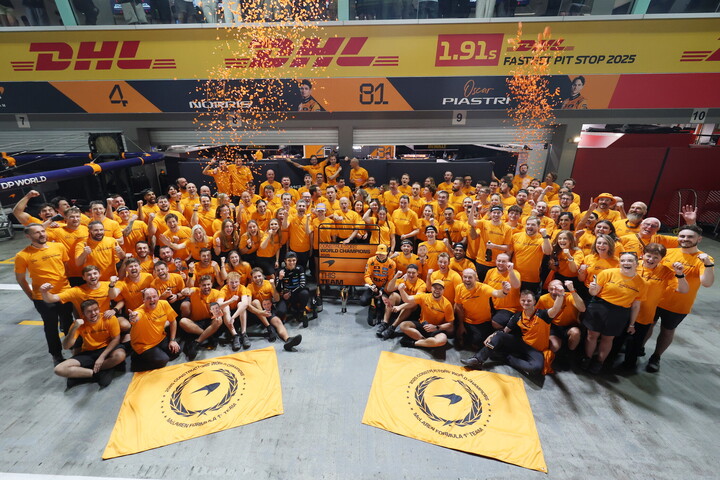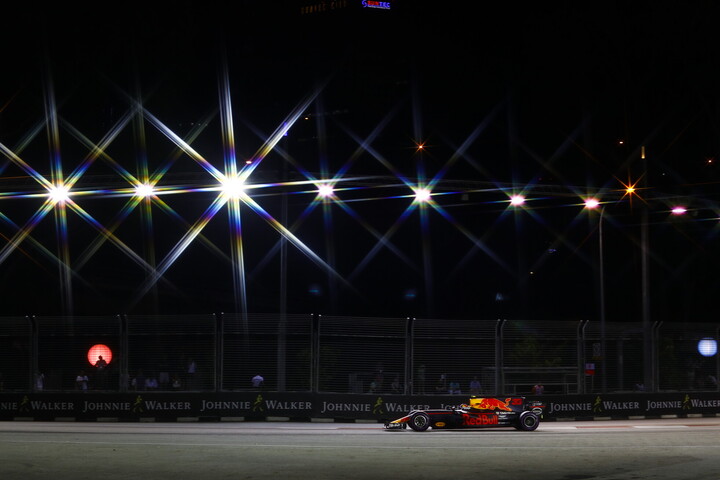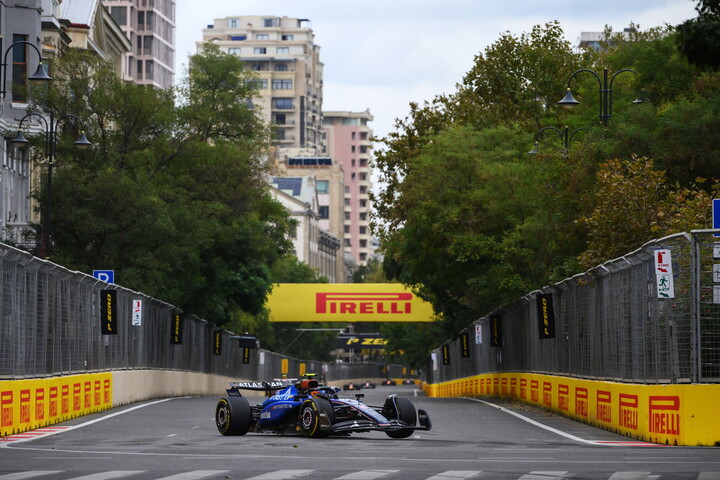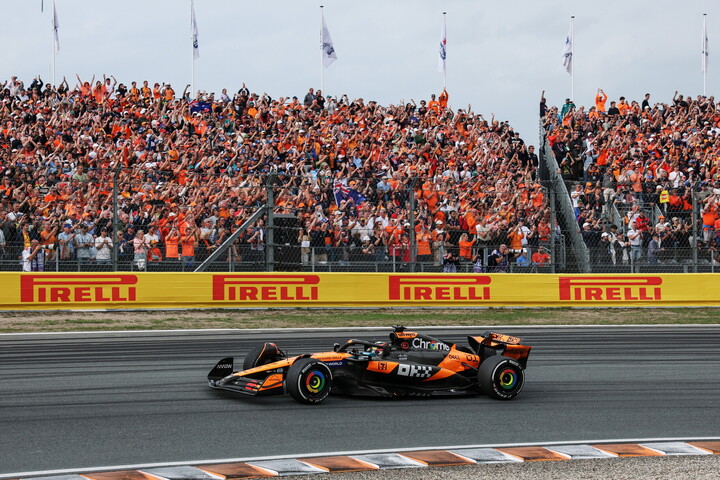Five Fast Facts about the Dutch Gran Prix

Building Zandvoort
Situated on the Dutch North Sea coast, the town of Zandvoort already hosted motor racing on its streets as early as the 1930s. After World War II, the permanent venue used today was constructed among the sand dunes, making use of roads laid out by occupying forces. Dutch designer John Hugenholtz is often credited with creating the circuit alongside his work at Suzuka – and it's easy to see why, considering the similarities in character between the two tracks. But while Hugenholtz became circuit director at Zandvoort (and had a corner named after him), it's actually ‘Bentley Boy' Sammy Davis from England – winner of the Le Mans 24 Hours in 1927 – who is said to have advised the Dutch Automobile Racing Club on the layout.
Dune racers
The first race around the Zandvoort circuit was held in 1948. The event morphed into the Dutch Grand Prix, which became part of the Formula 1 world championship in 1952 when Alberto Ascari led a one-two-three finish for Ferrari. Zandvoort was a regular stop on the calendar until 1985, when the circuit operator went out of business and the southern part of the track was sold off to become a holiday park. Racing continued in other categories on a more compact layout, but it seemed unlikely that the Dutch Grand Prix could ever return. Until just a few years ago…

Zandvoort Masters
In Formula 1's absence, one of the biggest events on the Zandvoort calendar was the annual ‘Masters of Formula 3' race that brought together some of the best young drivers from national championships across Europe. Lewis Hamilton was victorious in 2005, before Valtteri Bottas became the first two-time winner in 2010. Four years later it was won by a 16-year-old Dutch sensation named Max Verstappen. The following season, Verstappen was already making waves in Formula 1. With an ‘orange army' of fans soon following him to races around the world, a return for the Dutch Grand Prix seemed viable after all and was realised in 2021: the year Verstappen became world champion for the first time.
New angles
There were considerable issues to overcome before Zandvoort was fit to host F1 again: in particular, the limited space for run-off on the outside of corners, and a lack of overtaking opportunities. The solution, suggested by the late Charlie Whiting and overseen by Italian architect Jarno Zaffelli, was to introduce 18-degree banking at Turn 3, named after Hugenholtz, as well as the final corner – which, fittingly, was already dedicated to Arie Luyendyk, a two-time winner of the Indianapolis 500 where the banking is only around nine degrees. The first corner, Tarzan (supposedly the nickname of a local farmer, who only agreed to sell his land if a corner was named after him) has a lesser degree of banking plus gravel on the outside: features that help to retain the track's old-school rollercoaster nature.
In the wheeltracks of legends
Verstappen won the first two races of Zandvoort's modern Formula 1 era in 2021 and 2022, and few will bet against him making it a hat-trick in 2023. A third Dutch GP win would match the feats of Niki Lauda (who achieved the final win of his career at Zandvoort in 1985) and Jackie Stewart. But it was Stewart's close friend and fellow Scottish racing legend Jim Clark who set the benchmark for the rest to chase, with four victories in five years between 1963 and 1967.




